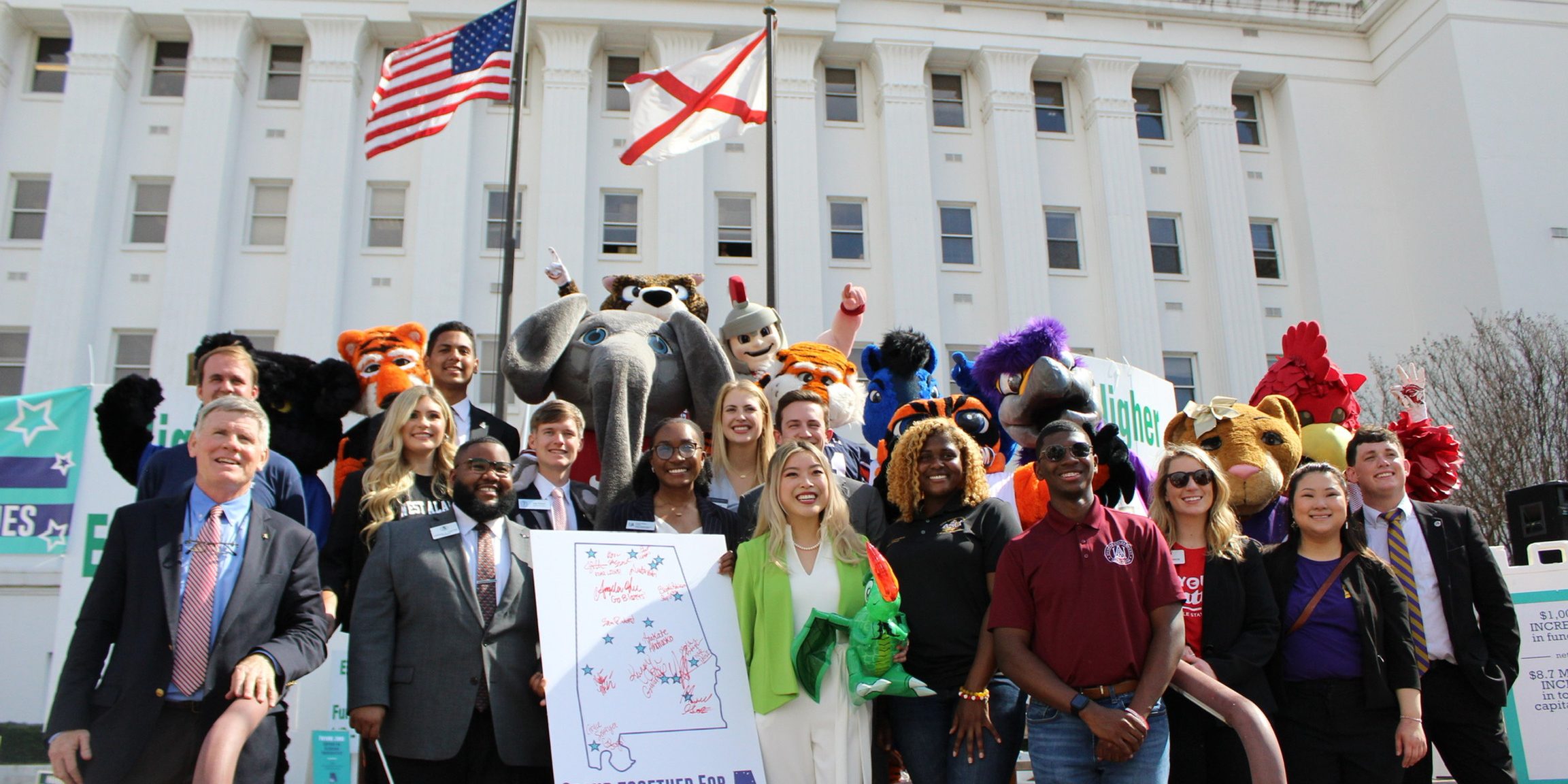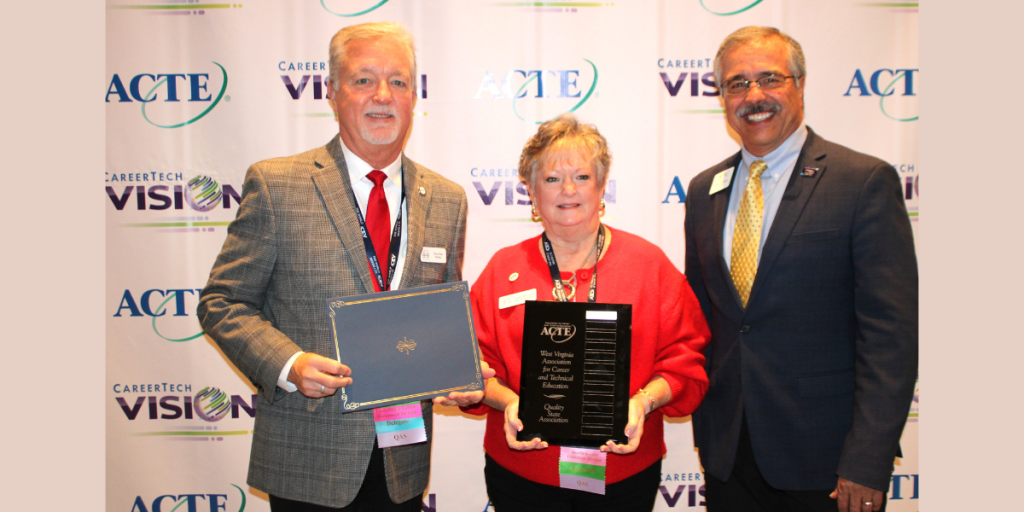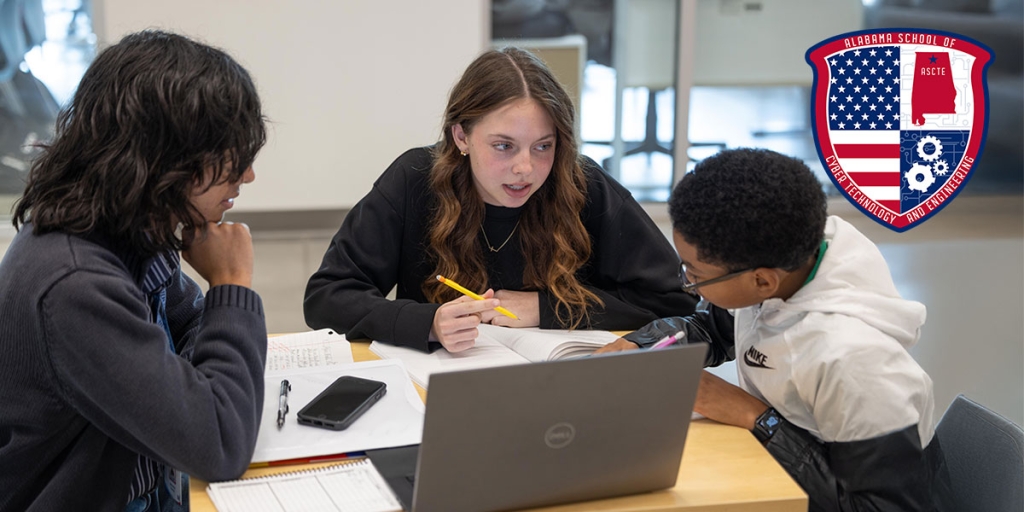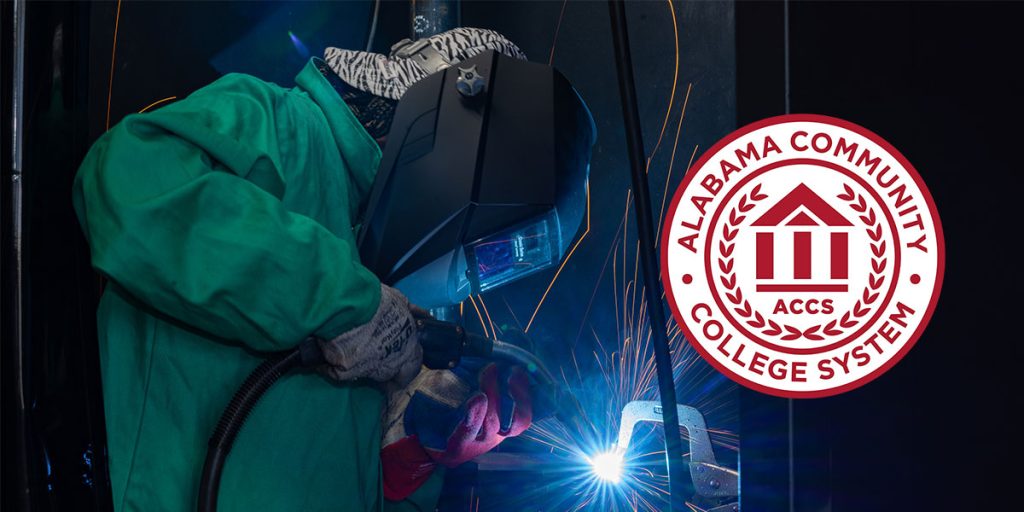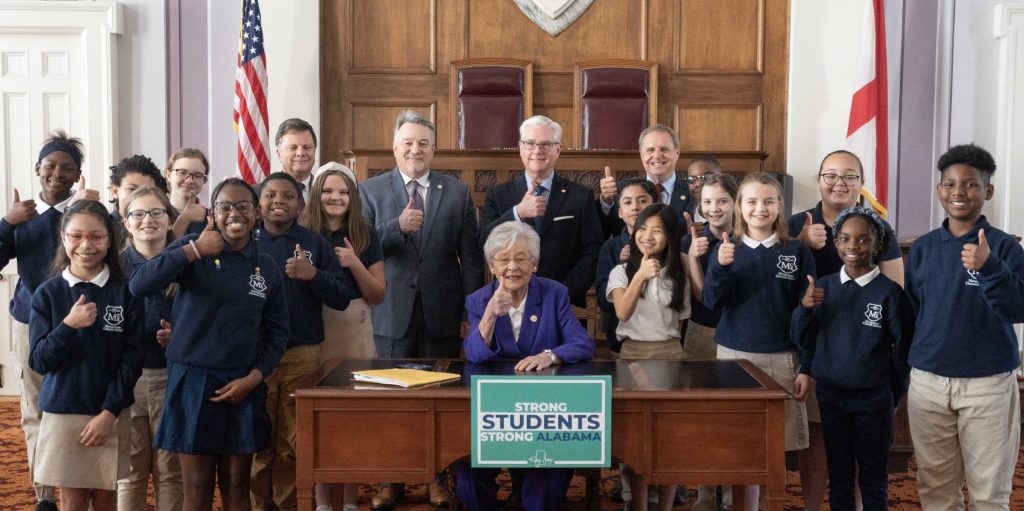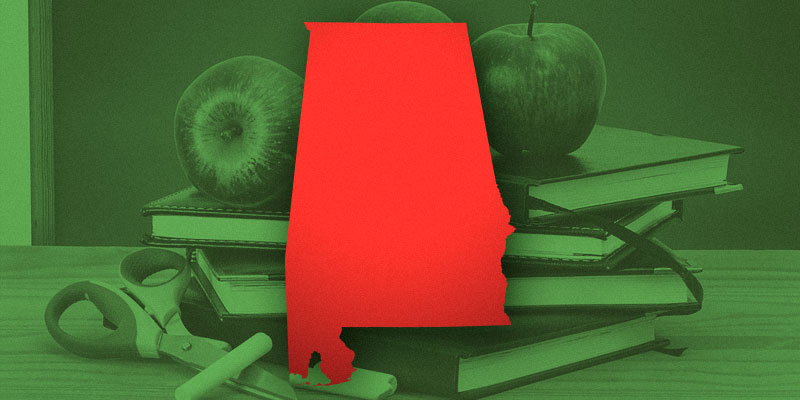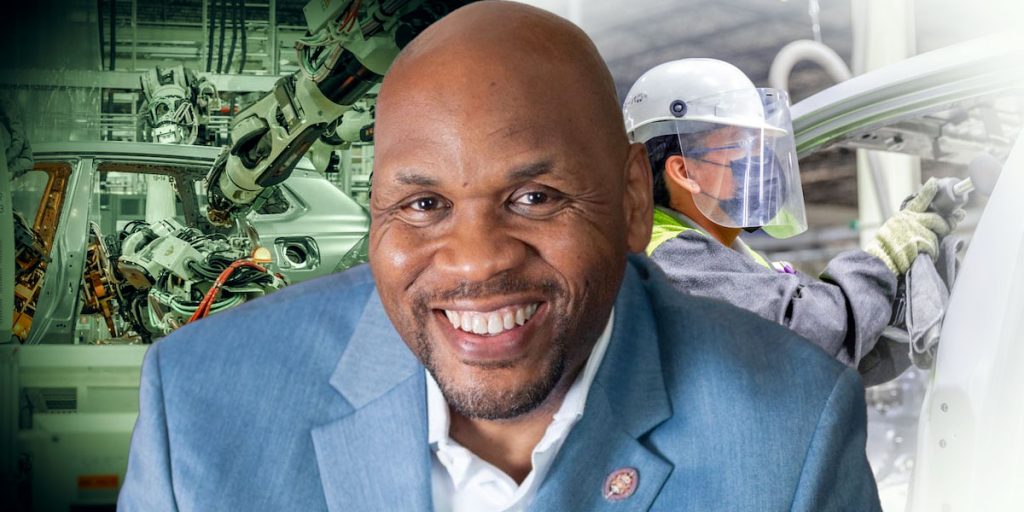When leaders begin to consider where to invest public dollars, the question asked by lawmakers, opinion leaders and the general public could simply be “What Comes Next?” Many new programs have been considered and lots of ideas have been implemented to address educational challenges. Of course, the answer to “What Comes Next” depends on what is seen as the appropriate vision for the future.
For a state that is on a positive economic trajectory and is working aggressively to keep its momentum, the future can be bright. Of course, there are issues that must be addressed like underemployment, unfilled jobs, graduate retention, etc. However, to see potential reached, Alabama must focus on a simple goal. The state must prepare for competition in all phases of the global economy.
The Higher Education Partnership, representing Alabama’s 14 public universities, is happy to answer the question of “What Comes Next” with a clear and resounding response. Fund ALL of public education and build a knowledge –based economy that has diverse and complimentary job opportunities for the citizens.
The universities’ missions are significant and they are prepared to continue to do their important work. Of course, PreK-12 and post-secondary are important contributors to the economy. However, they do not stand alone.
Universities and their talented faculty, staff, students and graduates bring great economic value and return to the state. From engineering that builds bridges, buildings and rockets to computer science that adds power to cell phones and digital technology that simplifies lives, universities are important sources of discovery and implementation. From biology to chemistry to physics to math – universities refine skills that are fundamental to the development of new technologies and that are applied daily to solve problems.
Who does not want to develop new health care options? From history to English to social sciences to finance to law to agriculture to education and on and on, universities make a critical contribution to Alabama’s economy. The foundation of the state’s future is built on knowledge that is gained through the university systems.
Therefore, when asked “What Comes Next?”, the Partnership responds with a straight forward statement: Fund All of Public Education as Essential to Alabama’s Future. Open the doors to the future by creating multiple paths for young people as they decide how to move forward. Make sure the 180,000 students enrolled in Alabama’s public universities are recognized as important parts of the plan for the state’s economy. The state should focus on recruiting knowledge-based jobs and opportunities that are attractive to these students.
When citizens are constantly being told of the importance of workforce development, the message should be inclusive of the entire workforce and the result should be a focus on college and career readiness. If citizens hear about limited paths forward, they will be subject to making decisions out of fear rather than faith. Consider the young man walking down a sidewalk as the sun is dropping behind the trees. The young man sees just one path ahead because of the limited light. He focuses on that path. Suddenly, as the street lights begin to flicker and illuminate the path, the young man realizes that he is approaching an intersection where he has multiple choices.
Which path will he select? Because the street is now visible, he can see all directions and make a smart and informed choice. If he only saw one path forward he would not know what he is missing. Alabama should be a state that believes in the future because it lights multiple pathways for its citizens and opens doors of opportunity.
It is time for Alabama to examine the progress that funding public universities has provided over the years.
- Consider how training farmers to maximize the multiple uses for the peanut helped build a thriving economy in the Wiregrass. The uncovering of the possibilities of that simple nut led to the development of a national program that prospered the crop and became the fiber of the economy of a large part of the state.
- Look at the bio-sciences and what they have provided for the central part of Alabama. With the continued advancement of cardiology and other medical techniques through the state’s commitment to the medical research, Alabama has become a worldwide leader in saving lives.
- Gaze upward at the stars and realize how the highly educated leaders who have thrived in the world of space exploration have been critical in the evolution of the economy across North Alabama.
- Realize how the development of financial systems for sharing resources has led to capital investments that have allowed for ideas to become successful projects across every community in Alabama. The sharing of capital which is a fundamental service found in the banking industry has been a by-product of a statewide system prospered by leaders trained in finance, accounting and investment. These are all skills refined at the university level.
- Finally, remember that the ability to educate, feed, shelter and keep generations of Alabamians healthy is both a direct and indirect result of the work of the state’s universities.
Clearly the answer to the question of “What Comes Next” is to fund all of public education. Alabama needs strong PreK to PhD. education. The role of PreK to 12 schools, post-secondary colleges and universities cannot be separated. Each plays a strong and critical role in the future.
Now is the time to expand the definition of “What Comes Next.” We should make sure that we are promoting pathways forward that include ALL of Public Education. Build an economy that is unparalleled in the world. If we do, our youngest dreamers will never be told to take a single path forward. They will be taught to believe in the impossible.
Creating access to all levels of public education and inspiring the fulfillment of educational potential is the answer to the question of “What Comes Next?”
Gordon Stone is executive director of the Higher Education Partnership. For more information, please visit www.higheredpartners.org.




